Slow Pitch Jigging Australia: Mastering Saltwater Jig Setup & Techniques for Big Catches
Are you ready to revolutionize your saltwater fishing game in Australia’s vibrant coastal waters? Slow pitch jigging has taken the Aussie fishing community by storm, offering anglers a dynamic and effective way to target prized species like Snapper, Barramundi, and Spanish Mackerel. Whether you’re a seasoned pro or a beginner looking to elevate your skills, this guide will break down the essentials of saltwater jig setup and slow pitch jigging techniques tailored for Australia’s diverse marine environments.
Why Slow Pitch Jigging Dominates Australian Waters?
Australia’s coastal zones—from the Great Barrier Reef to the Bass Strait—present unique challenges: strong currents, varied depths, and finicky fish that demand precision. Slow pitch jigging excels here because it mimics the natural movement of injured baitfish, triggering predatory strikes even in tough conditions. Unlike traditional jigging, which relies on aggressive lifts, slow pitch focuses on subtle, rhythmic movements to entice bites. This method isn’t just about reeling in fish—it’s about outsmarting them.
Section 1: Building the Perfect Saltwater Jig Setup for Australia’s Seas
A successful saltwater jig setup starts with selecting the right gear. Let’s dive into the must-have components for Aussie anglers:
1.1 The Jig Rod: Power Meets Flexibility
Opt for a slow pitch jigging rod designed for Australia’s saltwater conditions. Look for a medium-heavy to heavy action rod (7–8 feet) with a sensitive tip to detect light bites and enough backbone to handle large fish. Key features:
- Fast taper for quick hooksets in heavy cover.
- Corrosion-resistant blanks to withstand saltwater exposure.
- Guide spacing optimized for smooth line flow during fast retrieves.
Pro Tip: Label your rod with the jig weight it’s paired with (e.g., “150g Jig Rod”) for quick swaps on the water.
1.2 Reel Selection: Reliability Under Pressure
Choose a high-quality spinning or baitcasting reel with:
- Large spool capacity (300m+ of 15–30kg braid) for deep drops and long casts.
- Smooth drag system (at least 20kg max drag) to handle run-heavy species.
- Anti-reverse technology to prevent line slippage during aggressive jigging.
For saltwater durability, look for reels with sealed drag systems and aluminum spools to resist rust.
1.3 Line Setup: Balancing Strength and Sensitivity
Australia’s offshore waters require a strategic line combo:
- Braid (20–40kg test): Use low-stretch, abrasion-resistant braid (e.g., 30kg for mid-depth jigging) for direct contact with the jig.
- Mono Leader: Attach a 1–2m fluorocarbon leader (50–80kg test) to reduce visibility and enhance abrasion resistance in rocky areas.
- Rigging Screw: Secure the jig to the leader with a strong swivel or jigging screw to prevent line twist.
Example Setup: 30kg braid → 1m 60kg fluorocarbon leader → jig (weight depends on depth/target species).
1.4 The Jig Itself: Design Matters
Select saltwater jigs built for Australia’s dynamic conditions. Key specs:
- Weight: 50g–500g (adjust based on current and depth; 100–200g for inshore, 300–500g for offshore).
- Head Shape: Bullet-shaped or flat heads for fast sinking; rounded heads for slower, deeper drops.
- Hook Size: Match hooks to target fish (e.g., size 5/0–8/0 for Snapper, 8/0–10/0 for Barramundi).
- Finish: UV-resistant paints or glow-in-the-dark finishes to attract attention in low-light conditions.
Pro Tip: Carry a mix of jig weights (e.g., 100g, 200g, 300g) to adapt to changing tides or structures.
Section 2: Mastering the Art of Slow Pitch Jigging Techniques
Now that your setup is dialed in, it’s time to master the slow pitch jigging technique that outsmarts Australia’s toughest fish. Follow this step-by-step approach:
2.1 The Cast: Precision Over Power
- Aim for structure: Target drop-offs, reefs, or weed beds—where fish ambush prey.
- Casting motion: Use a smooth, overhead cast (or underhand flick for close-range spots) to avoid tangling the jig.
- Let it sink: Allow the jig to reach the target depth before initiating the jigging motion.
2.2 The Jigging Motion: Rhythm Over Aggression
The core of slow pitch jigging is the “pendulum swing”—a controlled, side-to-side movement that mimics a dying baitfish:
- Start with slack: After the jig hits the bottom, let out 1–2m of line to create slack.
- Lift and pause: Gently lift the rod tip 6–12 inches, then pause for 2–3 seconds to let the jig “float” back down.
- Repeat with purpose: Alternate between slow lifts and pauses, varying the speed to trigger curiosity.
Pro Tip for Current: In strong tides, shorten your lift distance and increase pauses to keep the jig in the strike zone longer.
2.3 The Bite Detection: Stay Alert!
Fish in Australia often strike with subtle signs:
- Rod tip twitch: A light tap or bend that signals a curious nibble.
- Line vibration: A sudden “thump” or erratic movement in the line.
- Depth change: The jig stops sinking or moves upward unexpectedly.
When you feel a bite, set the hook immediately with a sharp, upward sweep of the rod—don’t hesitate!
2.4 Deep Water vs. Shallow: Adjusting Your Approach
- Offshore jigging (10m+ depth): Use heavier jigs (300g+) and slower, deeper swings to counteract current. Prioritize vertical jigging over horizontal retrieves.
- Inshore jigging (5–10m depth): Lighten up (100–200g jigs) and add horizontal sweeps to mimic a wounded baitfish moving across the seafloor.
Regional Tip: On the Great Barrier Reef, target mid-day bites in shallow lagoons; at Ningaloo Reef, focus on dawn/dusk sessions in deeper channels.
Section 3: Essential Tips for Aussie Saltwater Jiggers
- Safety First: Wear a life jacket, check weather forecasts, and never fish alone—Australia’s waters can be unpredictable.
- Rig Maintenance: Clean your gear after each trip to prevent salt buildup; lubricate reels regularly to avoid corrosion.
- Stay Adaptable: Fish behavior changes with the seasons—study local reports (e.g., AFMA Catch Reports) and adjust jig weight, color, and technique accordingly.
Conclusion: Tackle the Catch of a Lifetime
Slow pitch jigging Australia isn’t just a technique—it’s a lifestyle for anglers who crave challenge and reward. By mastering your saltwater jig setup and refining your slow pitch jigging technique, you’ll unlock the secrets of Australia’s most productive fisheries. Remember: patience, precision, and adaptability are the keys to success. So grab your gear, hit the water, and let the jig do the talking!
Ready to take your skills to the next level? Share your slow pitch jigging adventures in the comments below—and don’t forget to tag us in your catches! 🎣



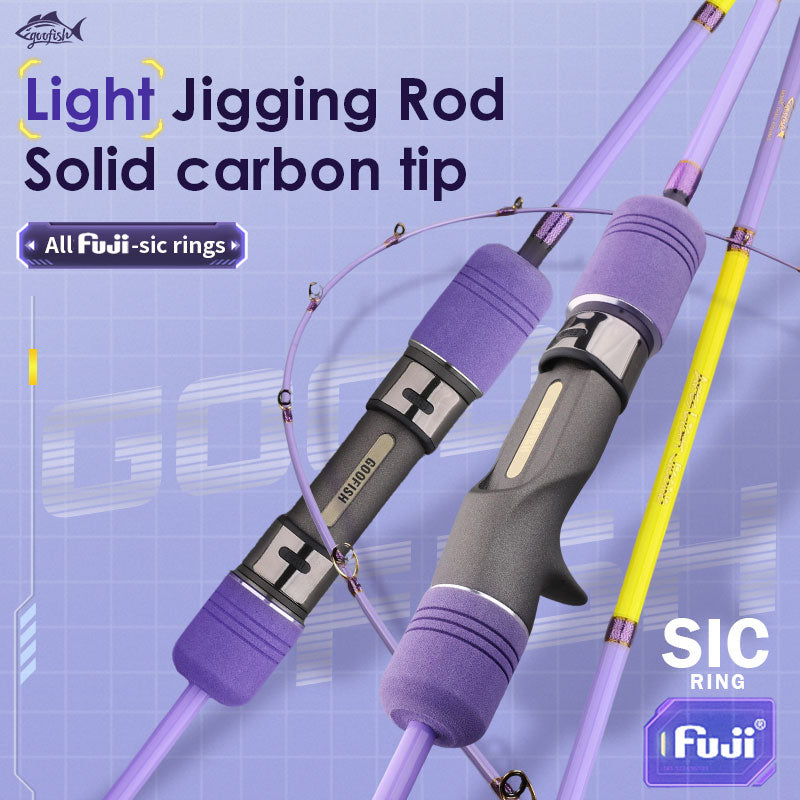
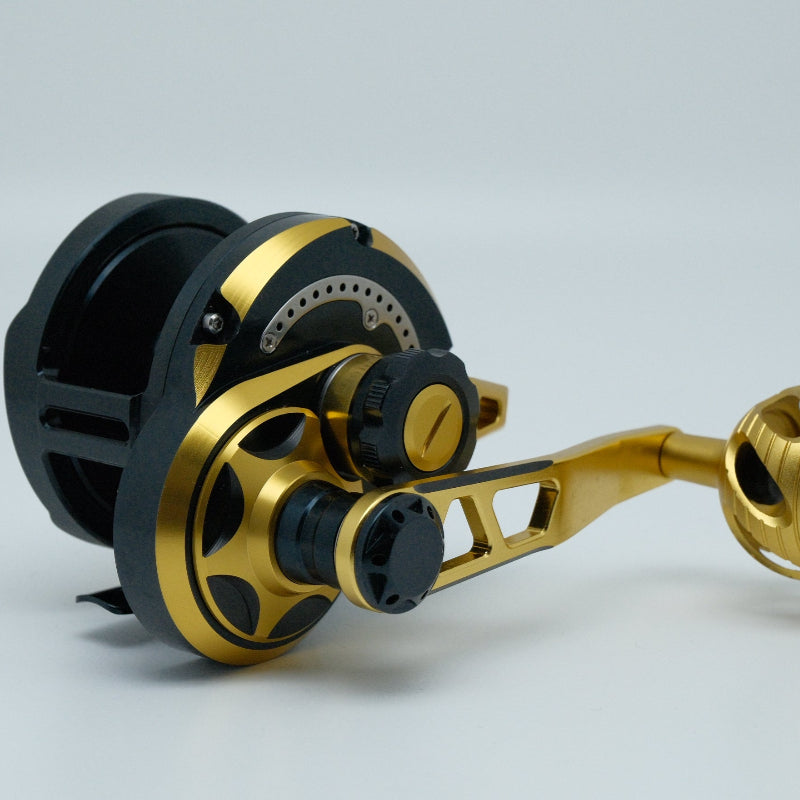
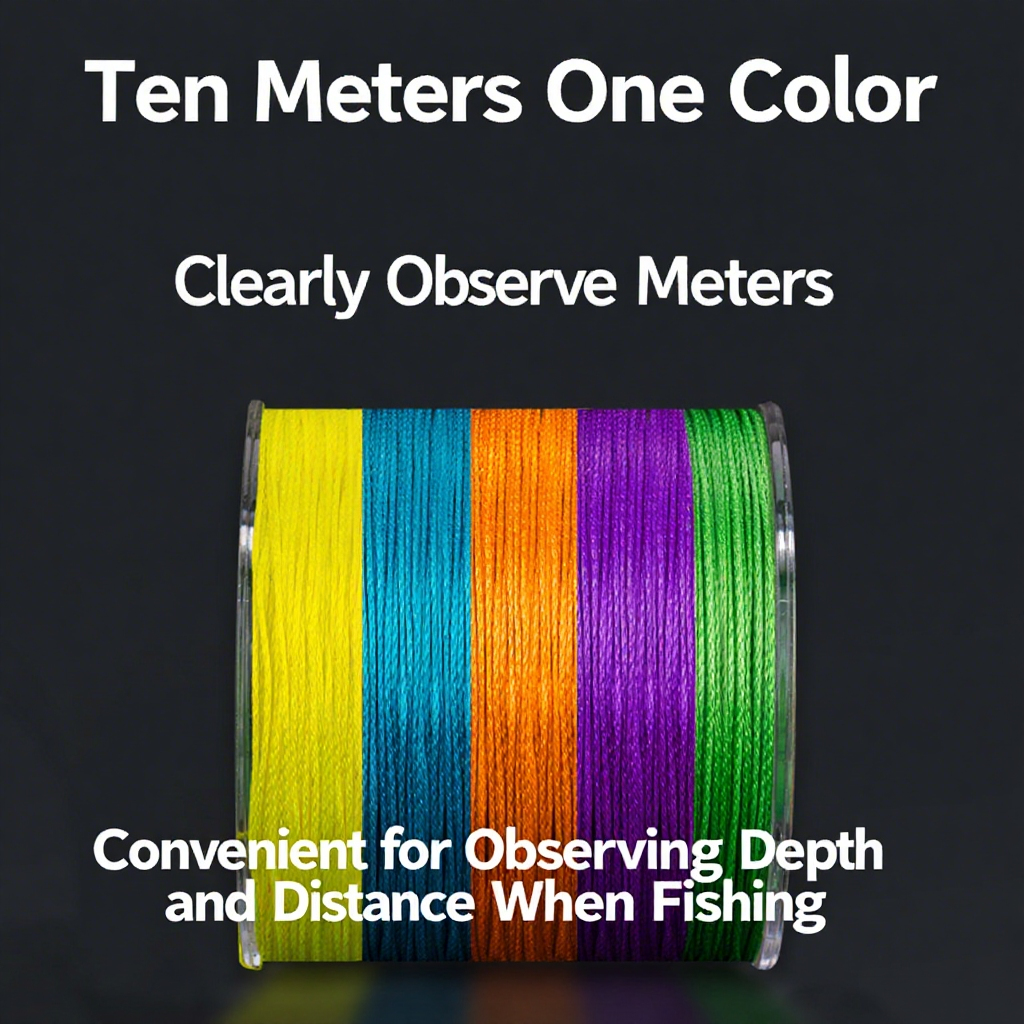
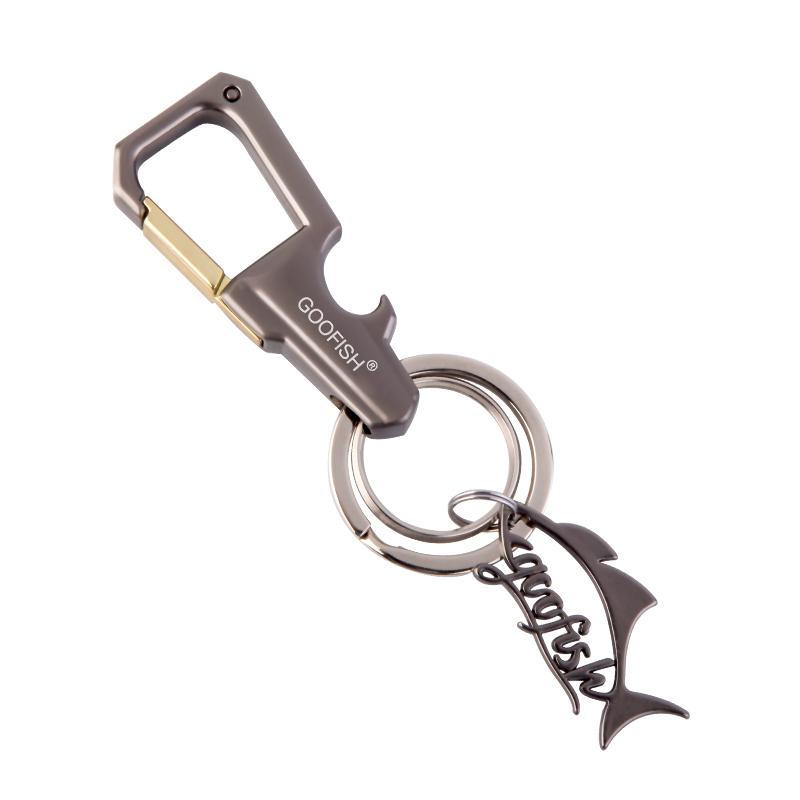



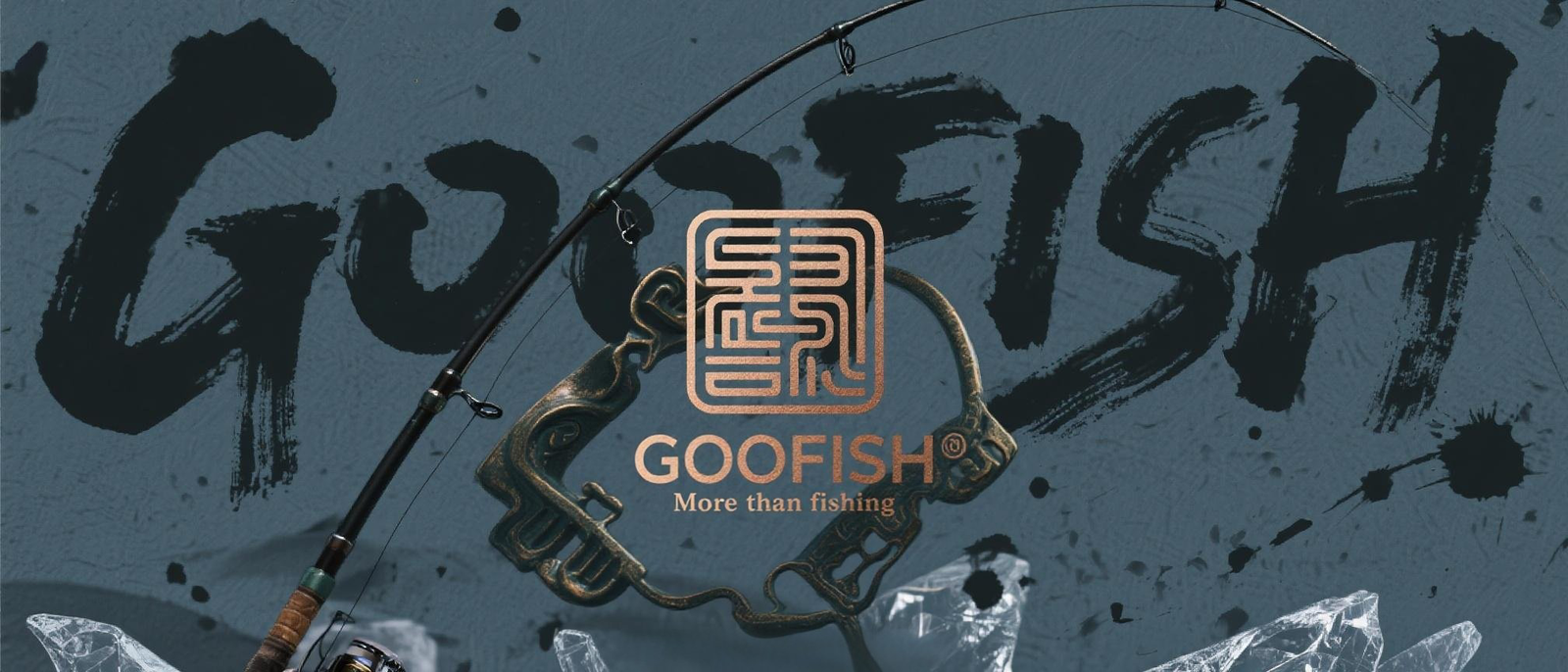
Leave a comment